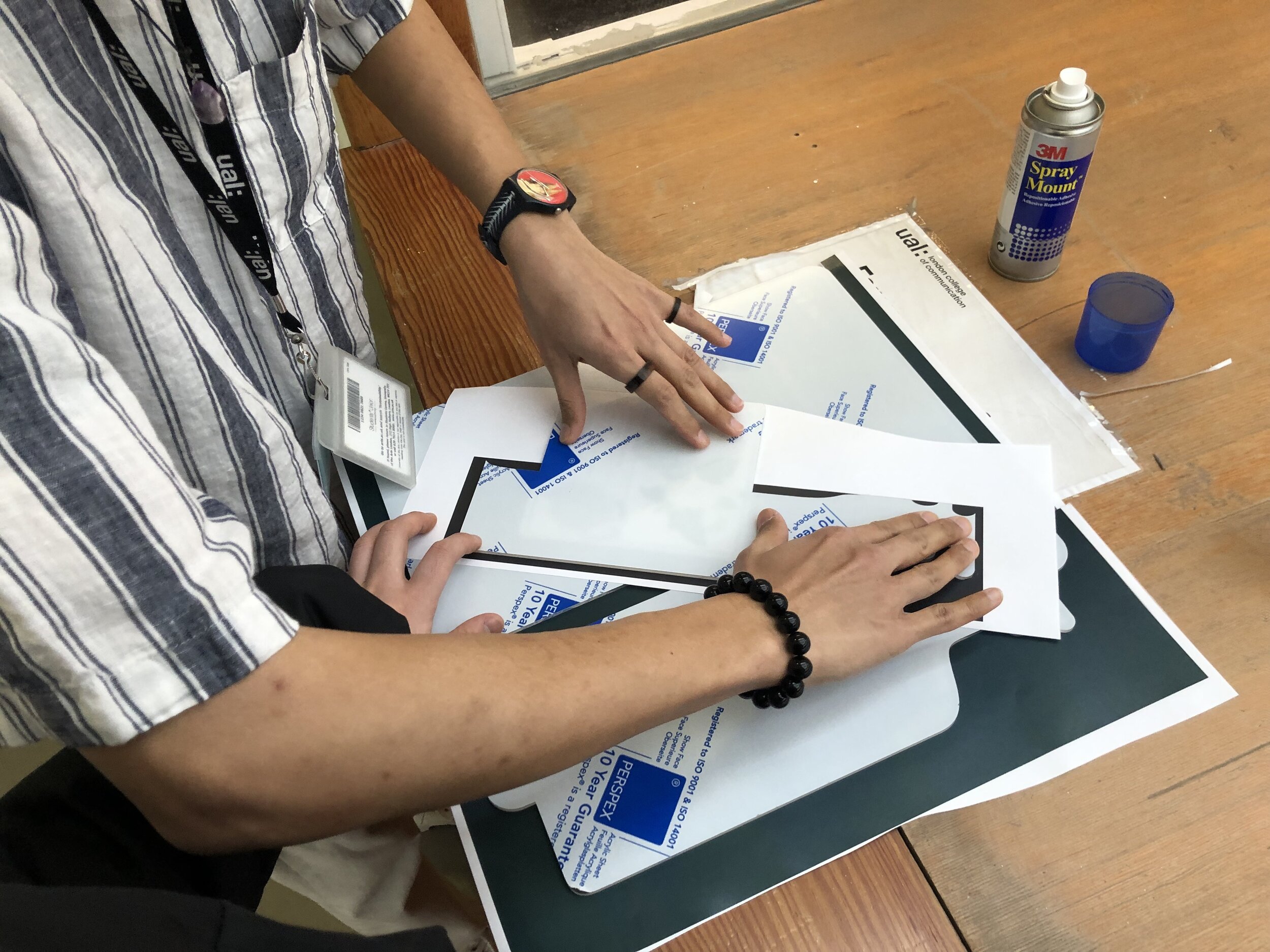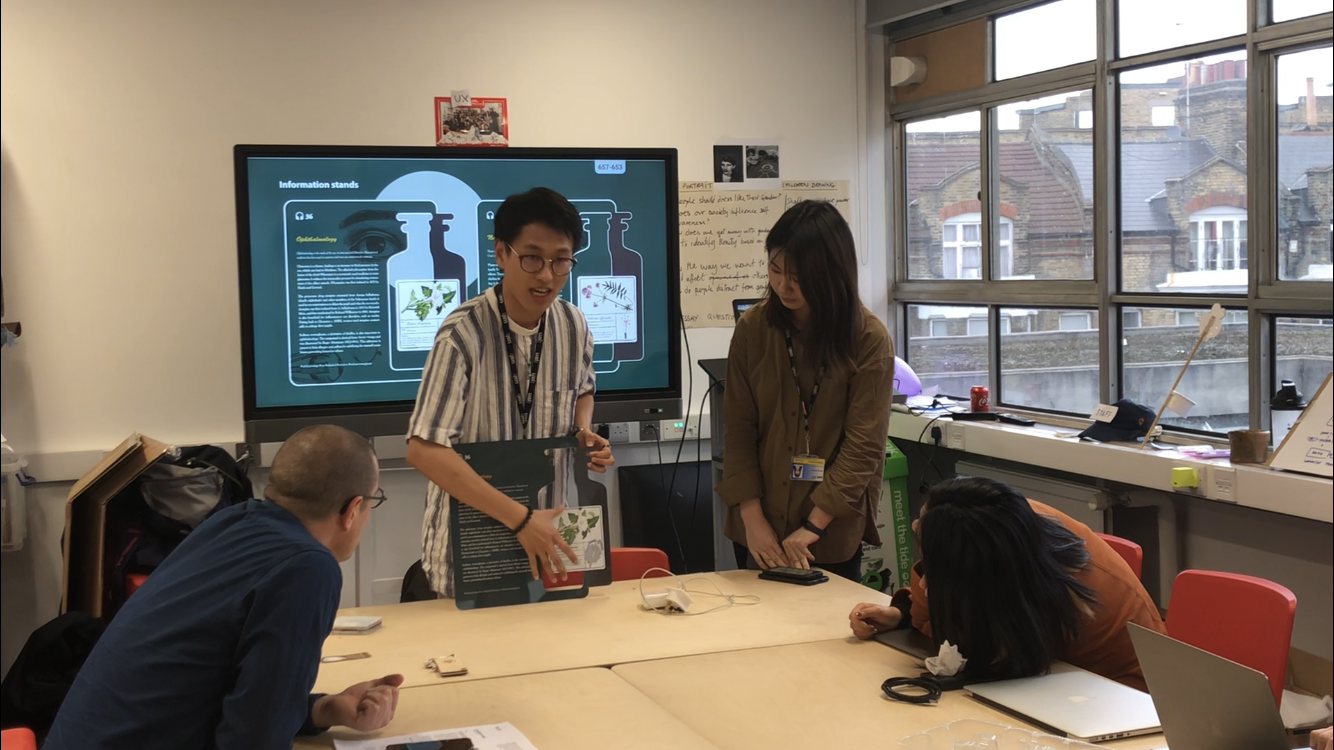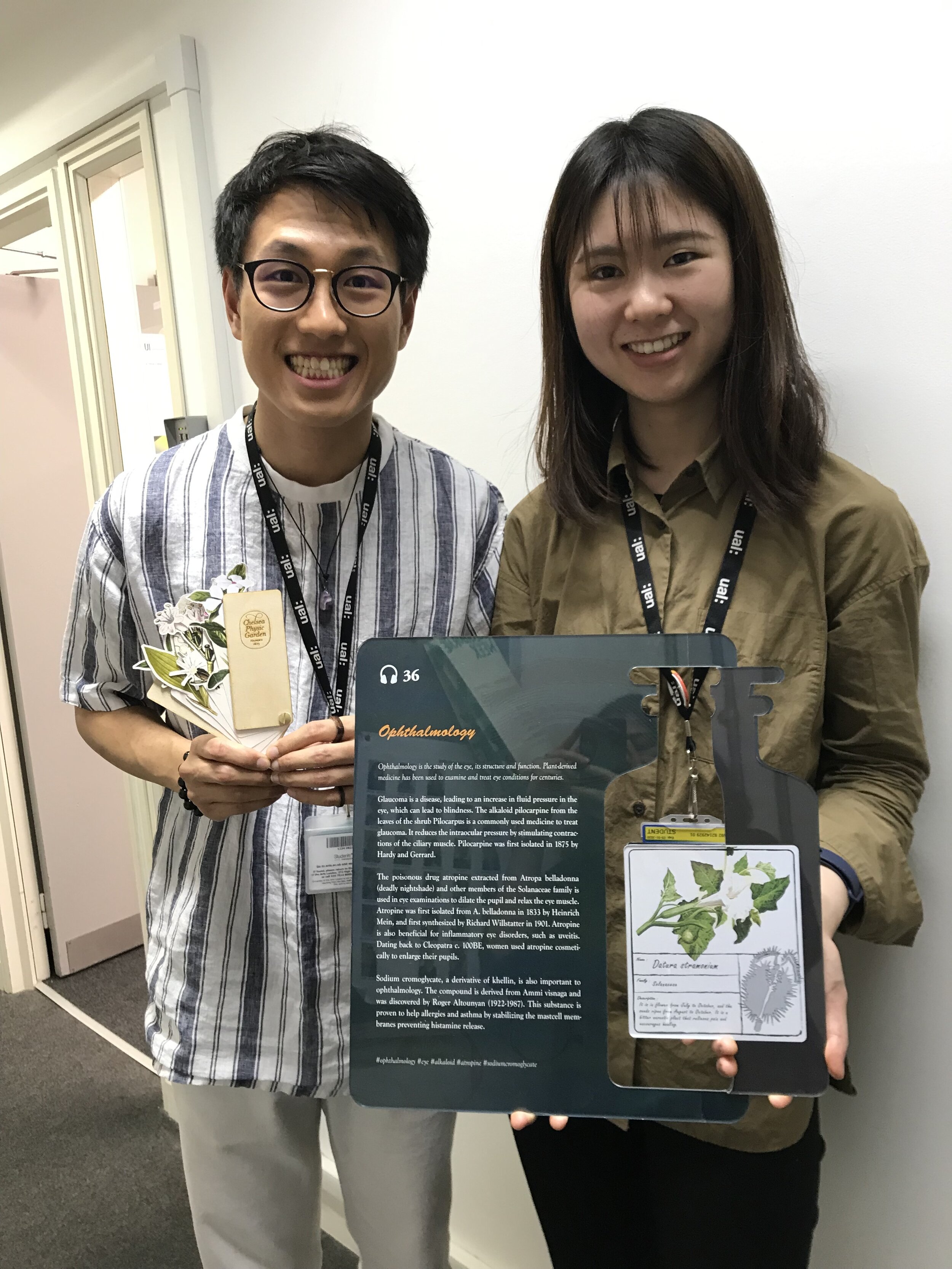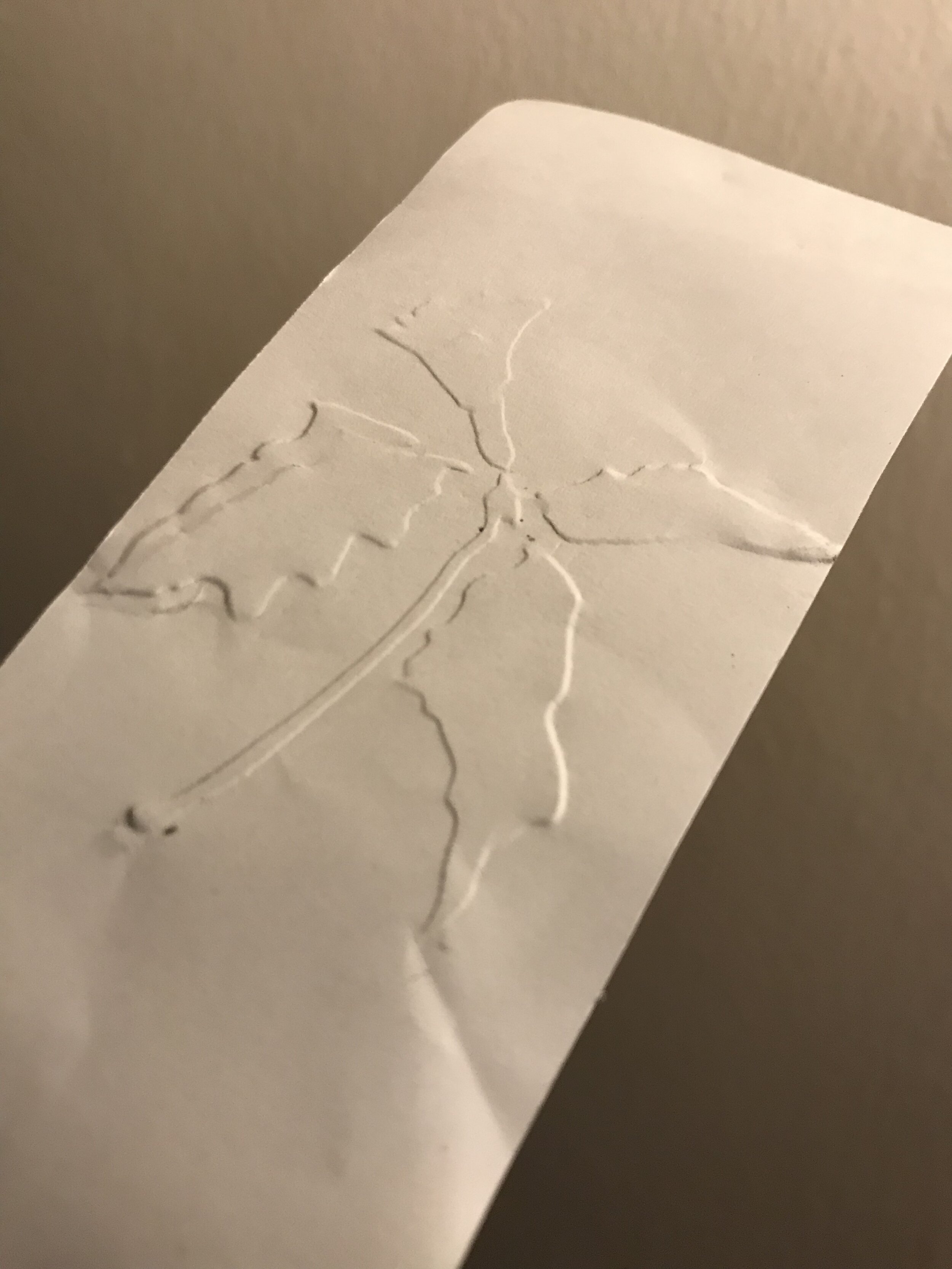
Look-mark
2019/04 - 2019/05
4 weeks, 2-person team
User Experience / User Interface / Illustrations
A collaborative project with Chelsea Physic Garden creates a new way to explore the archive of the garden. Look-mark focuses on disclosing and linking the precious archive collection from the library with medicinal plant collection trying to bring inside out. The whole concept consists app, souvenir and upgraded information board in order to transform the traditional preaching into an interactive journey. Visitors can collect and create their own archives, despite all ages. Some design features also encourage visitors to re-visit the garden in other seasons, trying to expand the user groups to become more diversified.
Adobe XD | Illustration CC | Photoshop CC

Background
Chelsea Physic Garden is the oldest botanic garden in London, established in 1673. It attracts thousands of experts visiting for its 5000 species of plants every year. Through school programs and community projects, visitors can learn more about plants and how important it is to lives.
Finding
Ageing
The existing facilities have been not updated and kept in traditional style for years. The display boards are relatively informative and mainly using complicated terms. Most of the exhibits are lack of interactive elements, which are not attractive enough for new visitors, especially youngsters who are living in an informational online world.
Narrow user groups
The garden is open to public and aims to do education to people about plants and its importance. However, only certain groups of users, for example, residents nearby, retired and biology students, are willing to pay for a visit. The formers even treat it as an enclosed club enjoying the silent and peaceful environment. It seems not to be going or even running opposite to the goal of the garden.
Non-sustainable mode
for business
New visitors are mainly attracted by its beautiful environment. During the interviews, most of them told us that they were not going to pay for second visit. It is not as memorable as hard to see differences with other parks nearby in the city. Visitors are mostly not understanding the setup of the garden and not interested in the exhibits. However, some visitors indeed hope to bring something physical back as a souvenir, being a part of memory as they may not return later.
Hidden items
There is a private library in the garden storing lots of historical items. Most of them are embossed illustration about plant over the world. Some are even only extant copies and handmade. Many visitors do not know about it and feel interesting once been told. Some illustrations are transferred on the souvenir in the gift shop, however, people are not realizing the background and how precious they are.

“Design a way for new visitors to access the living archive of the medicinal plant collection in Chelsea Physic Garden.”
— Design brief

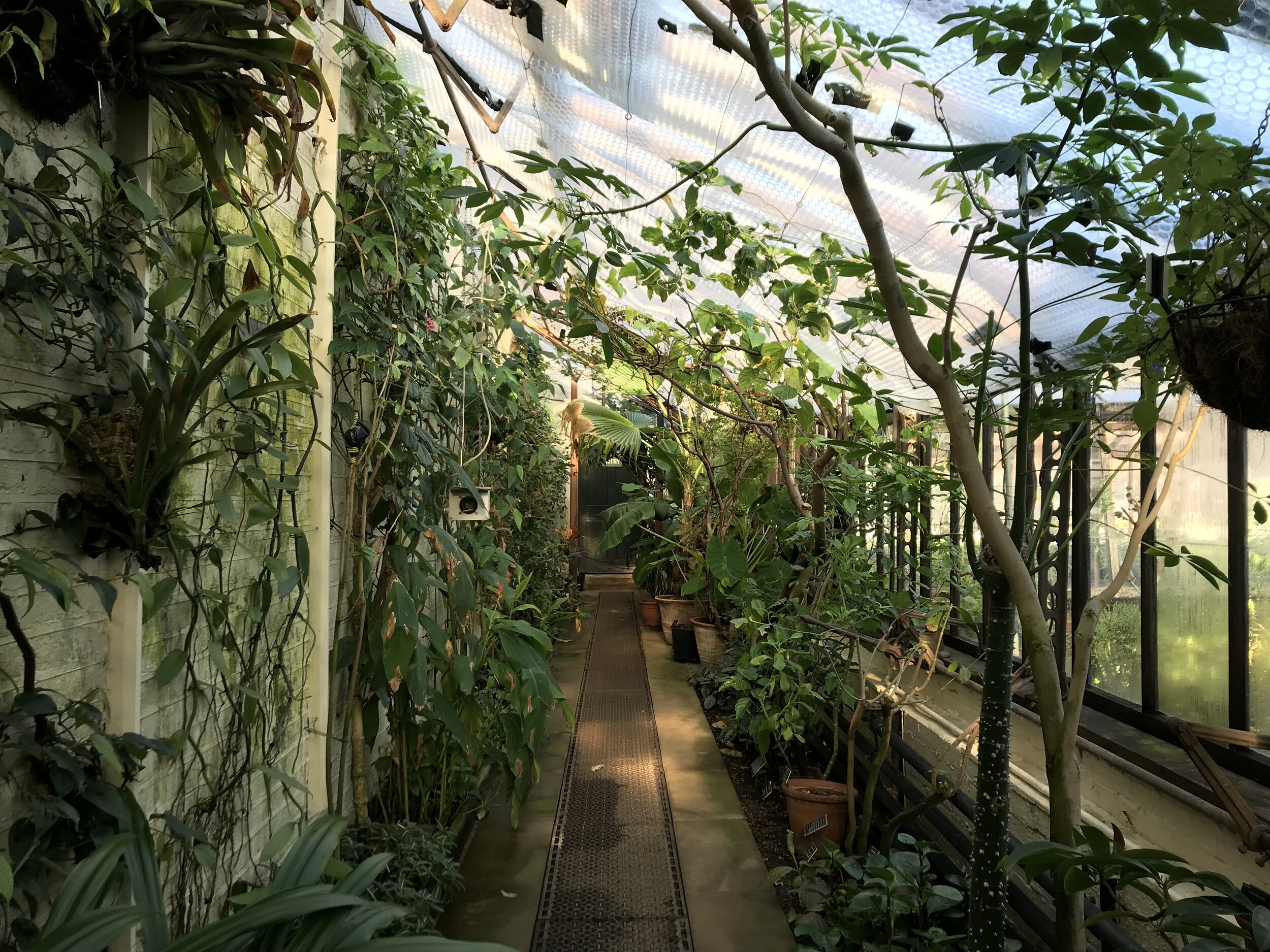
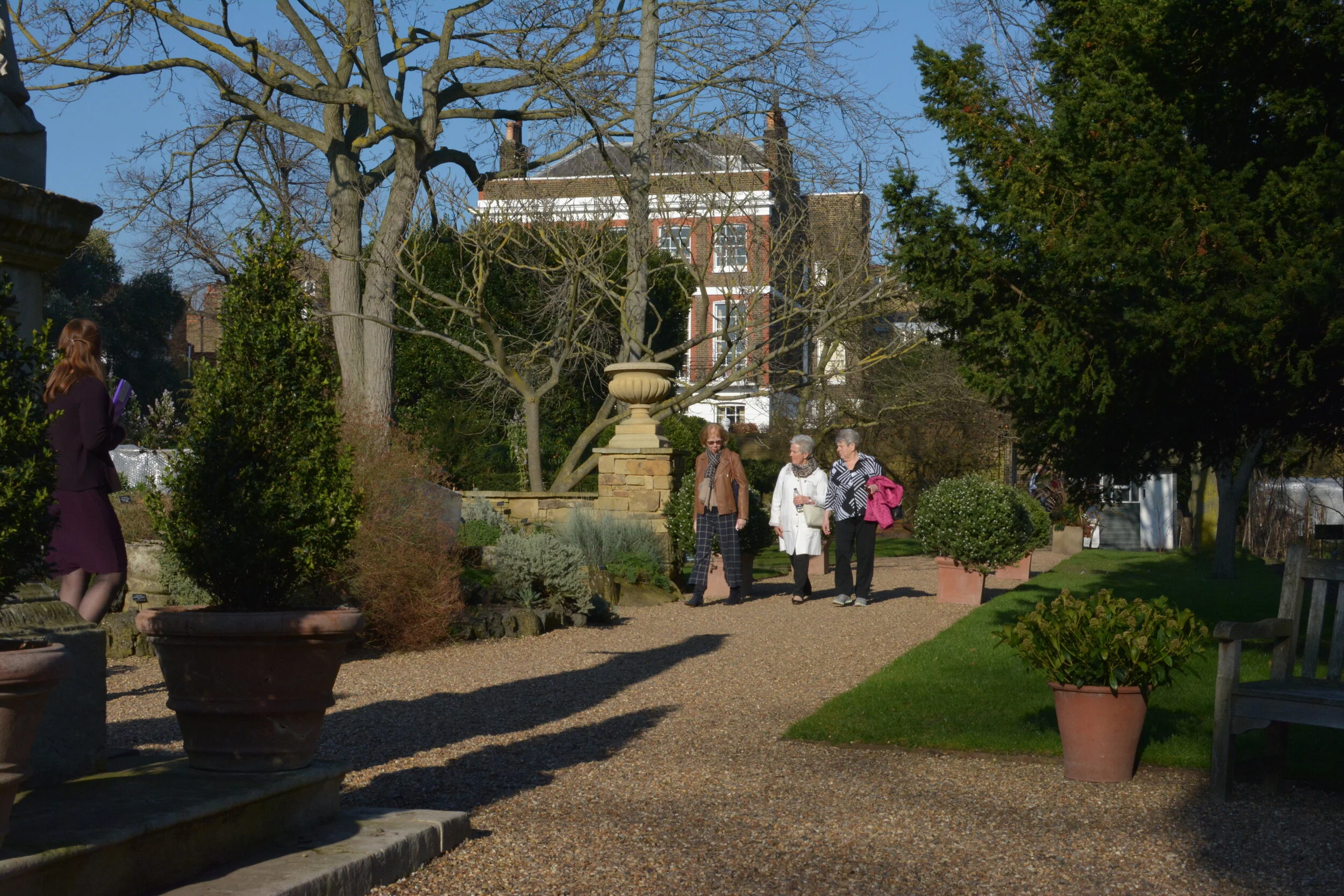

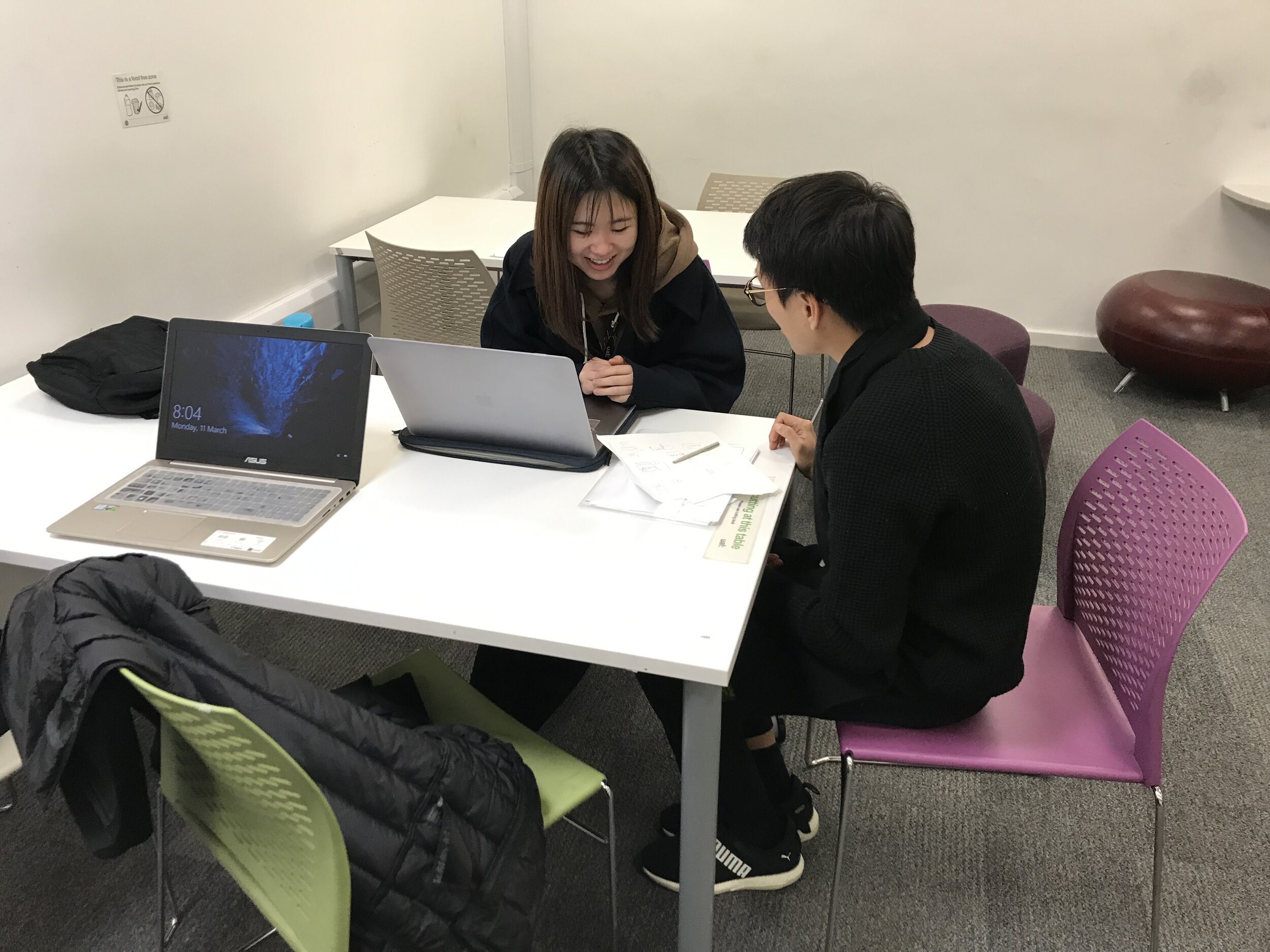
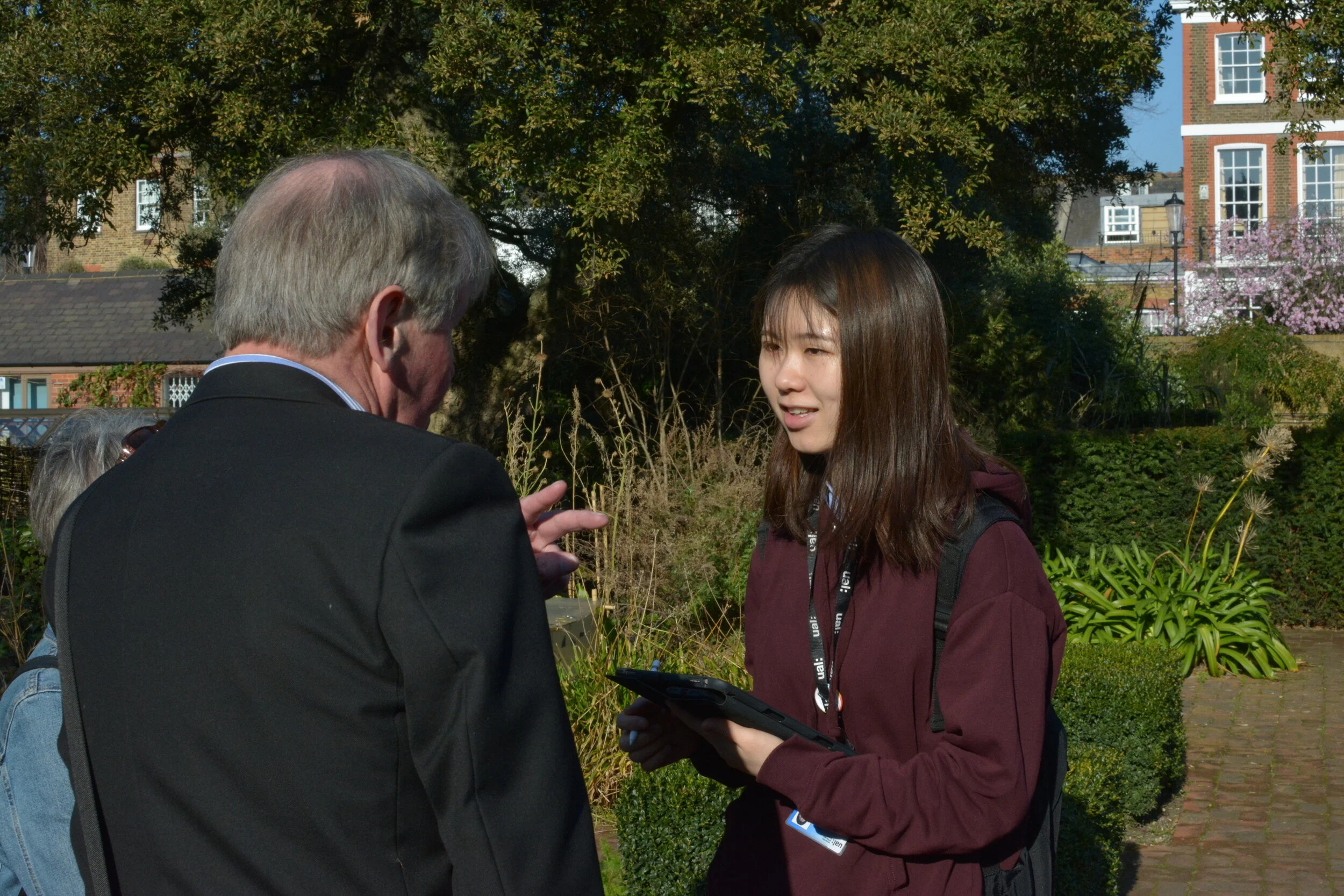
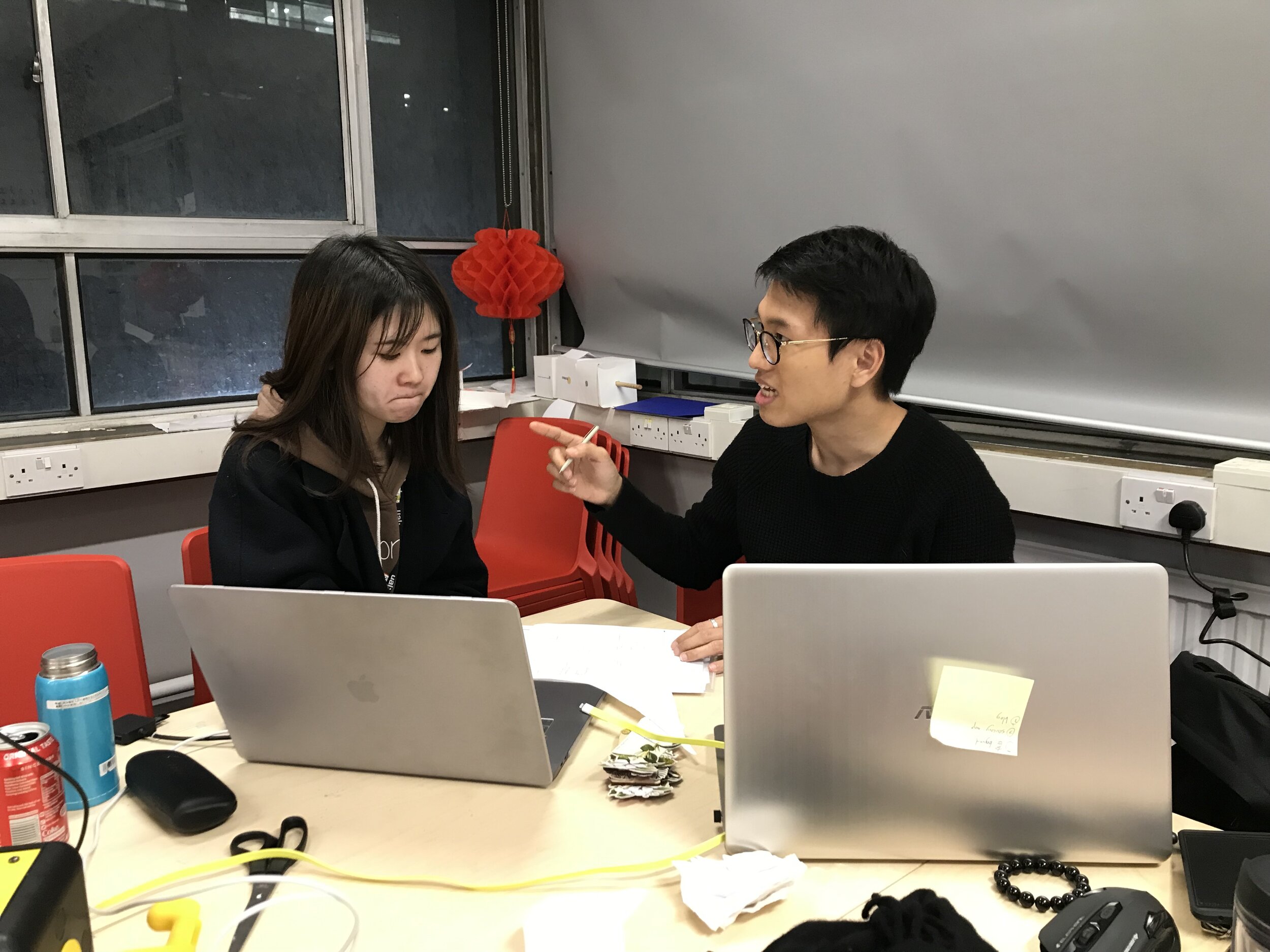
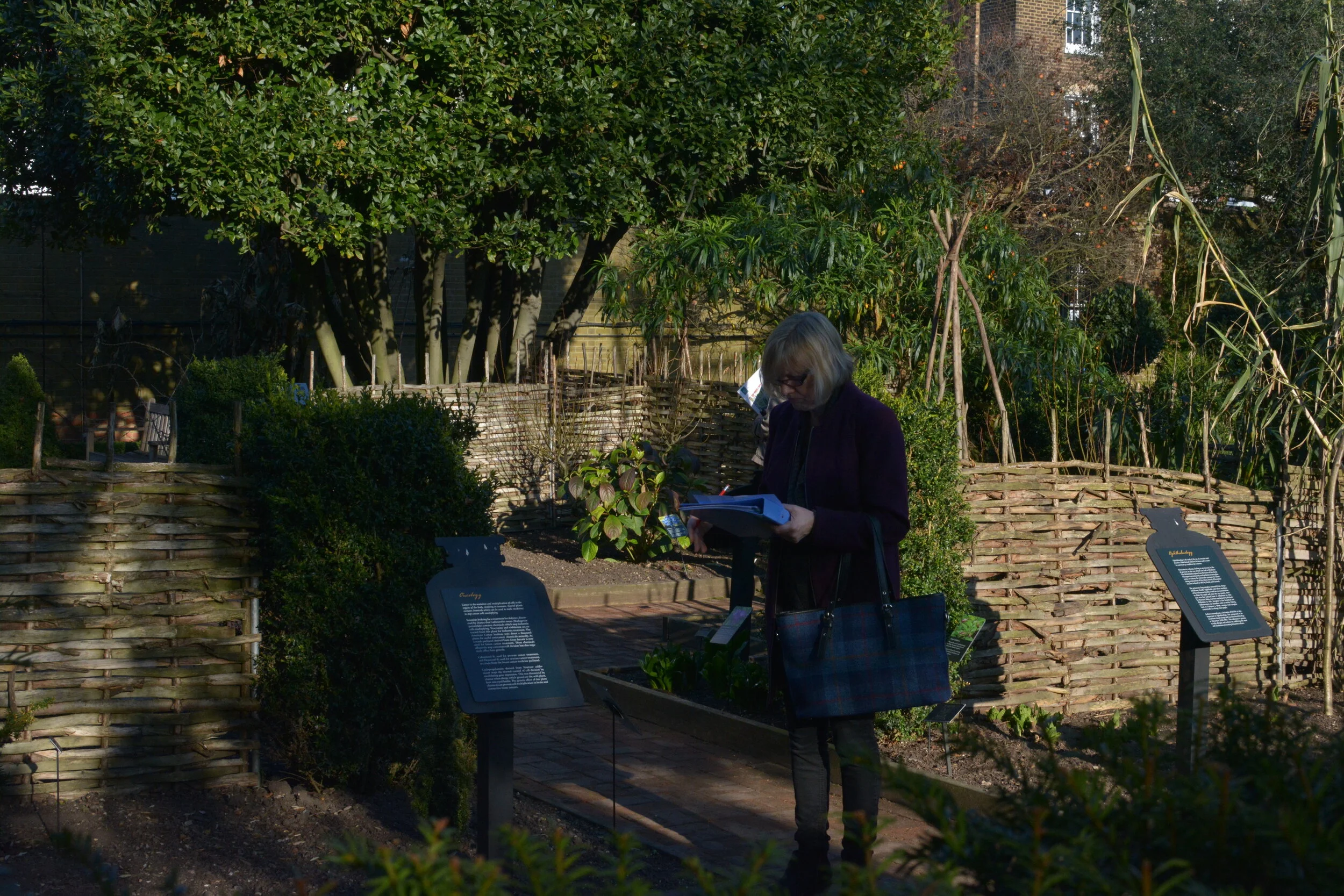

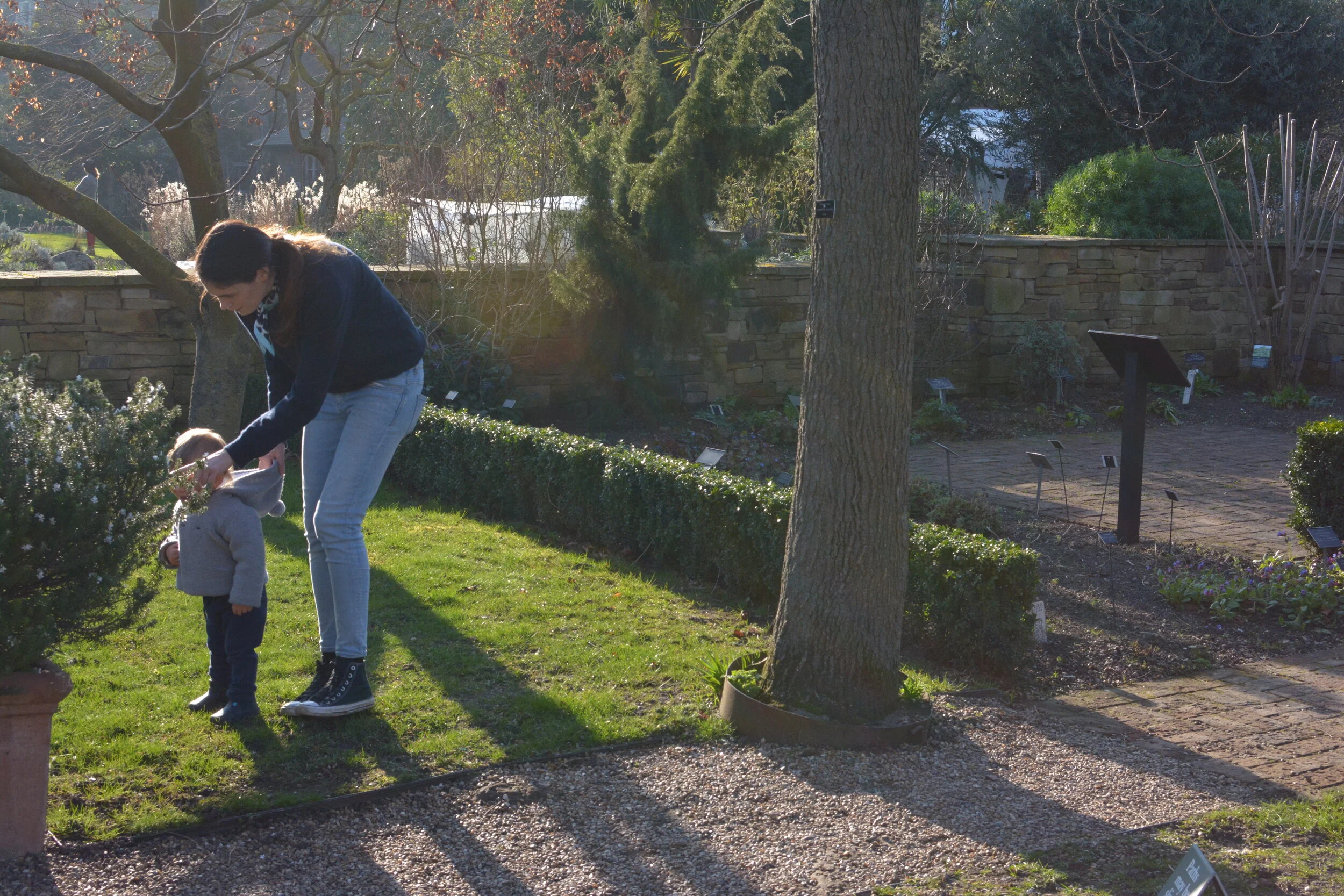
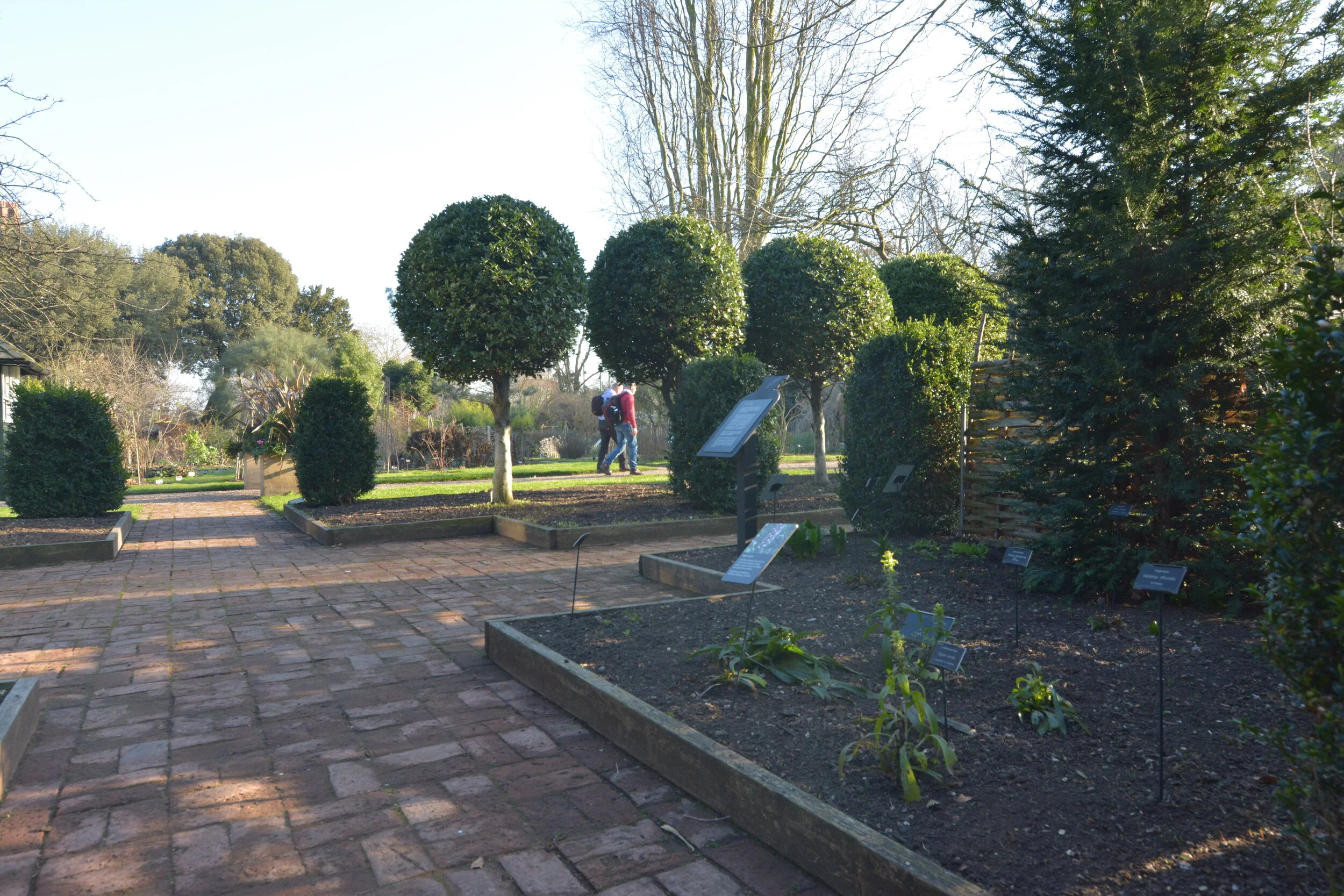

Research Method
Initial research
Through participating in a site tour, a brief concept of the garden was built. Followed up with in-depth interviews with gardeners and administrative staffs, we understood their views on existing issues and potential problems about the garden that may affect the visitors’ experience. Meanwhile, some of the visitors were invited to share their feeling. We also recorded the environment in different media, trying to making our own archive.
Behaviour mapping
In the latter few visit, Some observations were conducted on visitors’ activities and remarked the interactions with the exhibits. Several behaviour maps were created recording types of visitors in a different area of the garden.
Conceptual testing
A storyboard was shown to visitors and staffs together with a physical mock-up model to gain feedback on the new concept before the final design.
Final Design
Goals
Attract new visitors for next visit
Create an interactive and informative way to navigate to garden
Diversify the user group of the garden
Educate public in living archives
Bookmark
Each bookmark is related to one specific plant with illustration from the library archive on the front side. A brief description of it in a specific stage of the life cycle with related illustration is printed at the back. A set of 5 with different plants will be randomly given after ticket purchase. Visitors can use the plant on the bookmark as checkpoints to navigate the garden. Different sets of bookmarks will be available based on seasons and themes giving visitors a new route and experience every time.
Information Board
The information board is redesigned with an embosser. Once arrived the area with the plant printed on the given bookmark, visitors can insert it to the embosser and stamp a pattern on it just like the achieve that found in the library. A date will be embossed at the same time as a recommendation for next visit time to see another stage of the plant. There is a window opened on the board to highlight the plants instead of placing a reference image of it.
This concept is to merge the living archive and informative text. Hash-tagged with some keywords helps visitors to search for further information online easier.
App
The app is working together with an optional paid item, the bookmarks cover, which is available in their gift shop. The cover is a combo of a bookmark stand and a membership for assessing an online library with plant archives. Both cover and bookmarks are NFC embedded. Simply tapping the device against the front covers, the user will be logged into the system automatically. When tapping on the bookmark, more plants information will be shown through the app. The aim of it is to create a personal database of the archives, trying to attract users to revisit the garden to get more new items.

